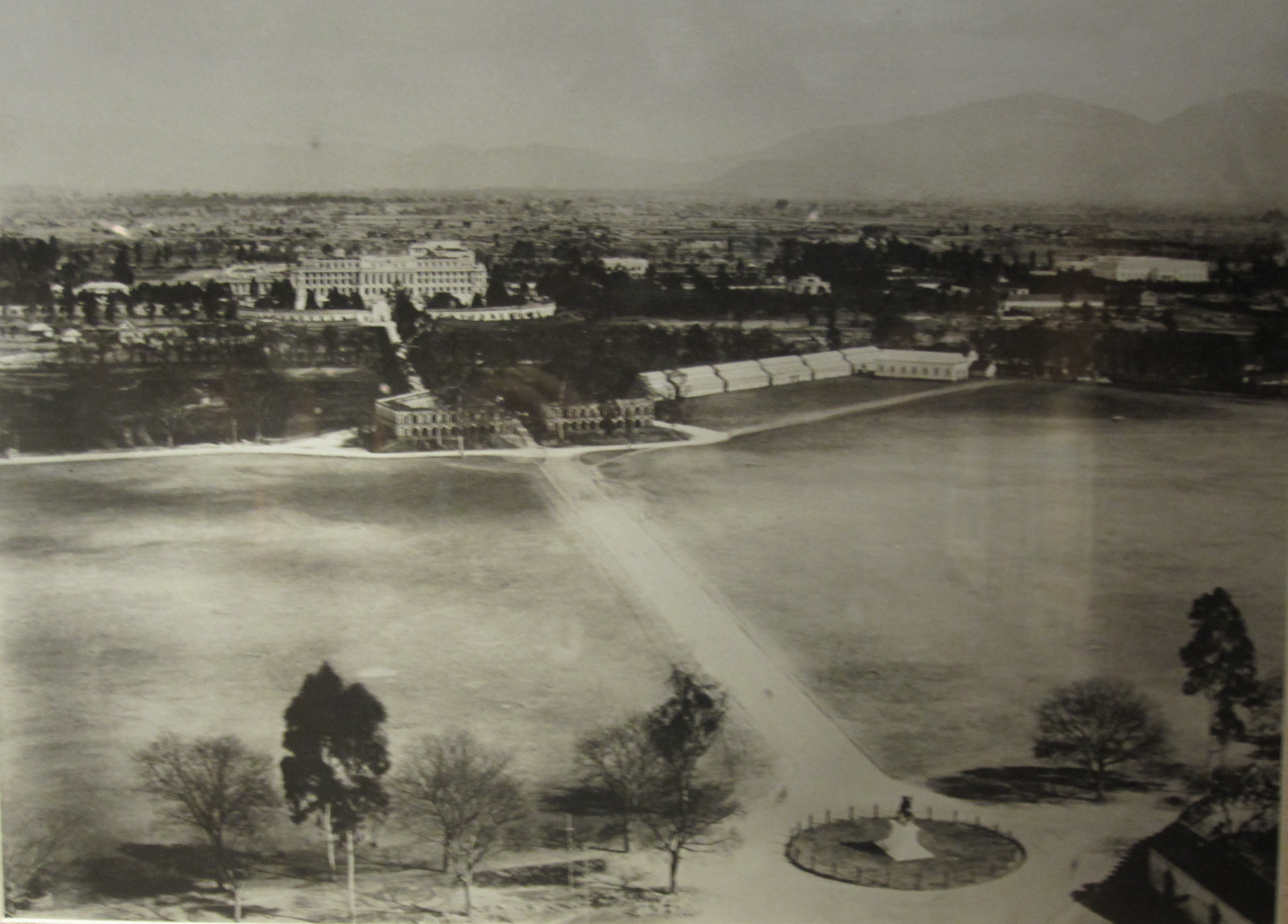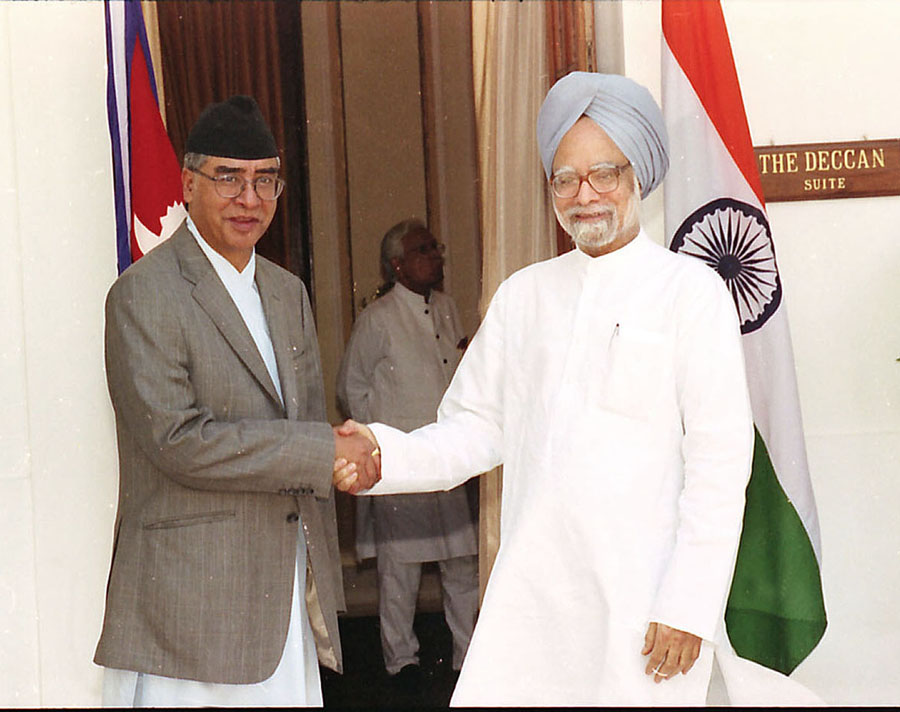|
Ministry Of Peace And Reconstruction (Nepal)
{{Nepal-stub ...
The Ministry of Peace and Reconstruction ( ne, शान्ति तथा पुनर्निर्माण मन्त्रालय) is a Nepali ministry, tasked with ensuring peace and security. It was formed in 2007 after the Government signed the Comprehensive Peace Accord (CPA) with the Communist Party of Nepal (Maoist Centre) and is mandated to implement the CPA. Former Ministers of Peace and Reconstruction This is a list of all ministers of Peace and Reconstruction since the Nepalese Constituent Assembly election in 2013: References Peace and Reconstruction Nepal Nepal (; ne, :ne:नेपाल, नेपाल ), formerly the Federal Democratic Republic of Nepal ( ne, सङ्घीय लोकतान्त्रिक गणतन्त्र नेपाल ), is a landlocked country in S ... [...More Info...] [...Related Items...] OR: [Wikipedia] [Google] [Baidu] |
Singha Durbar
Singha Durbar ( ne, सिंहदरवार, lit=Lion's Palace) is a palace in Kathmandu, the capital of Nepal. The palace complex lies in the centre of Kathmandu, to the north of the Babar Mahal and Thapathali Durbar and east of Bhadrakali Temple. This palace was built by Chandra Shumsher JBR in June 1908. The palace used to be one of the most exquisite and lavish of palaces in the world until the 1950s. Today it houses buildings of the Nepali Government, including the Pratinidhi Sabha, the Rastriya Sabha and several ministries. History Singha Durbar was built by Chandra Shumsher JBR immediately after accession to the post of Prime Minister. It was initially a small private residence but grew bigger during the construction. Immediately after construction, Chandra Shumsher JBR sold this property to the Government of Nepal for 20 million Nepali rupees as the official residence of Prime minister. After his death in 1929, it was used as the official residence of prime m ... [...More Info...] [...Related Items...] OR: [Wikipedia] [Google] [Baidu] |
Sher Bahadur Deuba
Sher Bahadur Deuba ( ne, शेरबहादुर देउवा, ; born 13 June 1946) is a Nepali politician and former prime minister of Nepal. He has also been serving as the president of the Nepali Congress since 2016. Deuba has served five terms as the prime minister (1995–1997, 2001–2002, 2004–2005, 2017–2018 and 2021-2022) and is the House of Representatives (Nepal), Member of Parliament for the parliamentary constituency of Dadeldhura 1 (constituency), Dadeldhura 1. Born and raised in Ashigram, a remote village in Dadeldhura District, Dadeldhura, Deuba completed his primary education there and secondary education in Doti District, Doti. He completed his higher education from Tri-Chandra College In 1991, he was elected to the House of Representatives (Nepal), House of Representatives and served as the Ministry of Home Affairs (Nepal), Minister of Home Affairs in the cabinet led by Girija Prasad Koirala. Deuba become prime minister after Man Mohan Adhikari, Ma ... [...More Info...] [...Related Items...] OR: [Wikipedia] [Google] [Baidu] |
Comprehensive Peace Accord
The Comprehensive Peace Accord ( ne, विस्तृत शान्ति सम्झौता; abbreviated CPA) was signed on 21 November 2006 between the Government of Nepal and the Unified Communist Party of Nepal. Highlights of the peace accord The peace accord marked the formal end of the Nepalese Civil War that began in 1996. It included the following provisions: * The Maoist People's Liberation Army to be placed in temporary cantonments, where they would be rehabilitated and re-integrated into the society, and the monarchist army to be confined within the barracks. Both armies to be monitored and supervised by the United Nations Mission in Nepal, as per the earlier agreement reached between the government and the Maoists. * Strict implementation of all previous pacts/agreements reached between the government and Maoists. * Termination of the military action and the armed mobilization. Both sides to stop attacks or any kind of violent and offensive activities from ... [...More Info...] [...Related Items...] OR: [Wikipedia] [Google] [Baidu] |
Communist Party Of Nepal (Maoist Centre)
The Communist Party of Nepal (Maoist Centre) (), abbreviated CPN (Maoist Centre), CPN-Maoist Centre, CPN Maoist Centre, or CPN (MC), is the third largest political party in Nepal. It was founded in 1994 after breaking away from the Communist Party of Nepal (Unity Centre). The party has led three governments, from 2008 to 2009 and from 2016 to 2017 under Pushpa Kamal Dahal and from 2013 to 2015 under Baburam Bhattarai. The party was previously known as the Communist Party of Nepal (Maoist) until 2009 and as the Unified Communist Party of Nepal (Maoist) until 2016. In 2008, The Unified Communist Party of Nepal (Maoist) placed first in the election with 220 out of 575 elected seats and became the largest party in the Constituent Assembly. In the 2013 elections, the party won 80 out of 575 elected seats to become the third largest party in the Constituent Assembly of Nepal. The party dissolved on 17 May 2018, after merging with the Communist Party of Nepal (Unified Marxist–Len ... [...More Info...] [...Related Items...] OR: [Wikipedia] [Google] [Baidu] |
2013 Nepalese Constituent Assembly Election
Constituent Assembly elections were held in Nepal on 19 November 2013. The vote was repeatedly delayed, having previously been planned for 22 November 2012 following the dissolution of the 1st Constituent Assembly on 27 May 2012, but it was put off by the election commission. The Nepali Congress emerged as the largest party in the 2nd Nepalese Constituent Assembly, winning 196 of the 575 elected seats. Background Following King Gyanendra's suspension of Parliament and government takeover during the Nepalese Civil War, mass protests led to him to re-instate Parliament and end the war fought by the government against the Communist Party of Nepal (Maoist), on the condition that the constitution would be re-written. The king's powers were also removed and an election was held in 2008 to elect a Constituent Assembly. The Constituent Assembly was tasked with writing a new constitution; however, its deadline was extended several times, with the last one set for 27 May 2012. In the l ... [...More Info...] [...Related Items...] OR: [Wikipedia] [Google] [Baidu] |
Ek Nath Dhakal
Ek Nath Dhakal (Nepali: एकनाथ ढकाल) (born 13 August 1974) is a Nepalese politician, belonging to the Nepal Pariwar Dal, and served as Minister for the Ministry of Peace and Reconstruction of the Government of Nepal. He is the head of the Nepal chapter of the Universal Peace Federation, a United Nations ECOSOC status international Peace organization. Early life and education Dhakal was born in 1974 in the Gorkha District. He received his formal education from the Tribhuvan University in Kathmandu, where he studied political science for two years followed by three years of study in sociology and anthropology. His public life started as an independent student leader and social activist carrying out humanitarian service project. He has received honors from both Nepal and abroad including the “Youth of the Year” award with gold medal in 2007. He is married to Mrs. Blessie Gadon Dhakal who is from Philippines. Political career In the 2008 Constituent Assembly ele ... [...More Info...] [...Related Items...] OR: [Wikipedia] [Google] [Baidu] |
Nepal Pariwar Dal
Nepal Pariwar Dal (translation: ''Nepal Family Party'') is a Nepalese political party supporting family values. History In the 2008 Constituent Assembly election, the party won one seat through the Proportional Representation vote. The party selected Ek Nath Dhakal as its representative in the assembly. Party leader Ek Nath Dhakal was discussed to become Prime Minister to lead Nepal's consensus government. Nepal Pariwar Dal announced its candidates from all 240 constituencies of Nepal for the election of the constituent Assembly schedule on November 19, 2013. Nepal Pariwar Dal won two seats in the second Constituent Assembly A constituent assembly (also known as a constitutional convention, constitutional congress, or constitutional assembly) is a body assembled for the purpose of drafting or revising a constitution. Members of a constituent assembly may be elected b ... election. Party leader Ek Nath Dhakal was served as Minister for Peace and Reconstruction in the Government o ... [...More Info...] [...Related Items...] OR: [Wikipedia] [Google] [Baidu] |
Nepali Congress
The Nepali Congress ( ne, नेपाली कांग्रेस ; abbr. NC) is the largest social democratic political party in Nepal. As per the results of recent local election, ''Nepali Congress'' stands as the single largest party of Nepal at all levels of government. It is the current ruling party of Nepal since July 2021. With more than one million active members, the party remains the largest party in Nepal by membership. There have been seven Nepali Congress prime ministers and the party has led the government fourteen times. Matrika Prasad Koirala, a founding member of the party was appointed as the first commoner prime minister following the end of the Rana regime in 1951. Subarna Shumsher Rana, another founding member of the party was also appointed as prime minister in 1958. Congress is the only party in Nepal to have been elected with a majority with the party forming majority governments in 1959, 1991 and 1999 under B.P. Koirala, Girija Prasad Koirala a ... [...More Info...] [...Related Items...] OR: [Wikipedia] [Google] [Baidu] |
Government Ministries Of Nepal
A government is the system or group of people governing an organized community, generally a state. In the case of its broad associative definition, government normally consists of legislature, executive, and judiciary. Government is a means by which organizational policies are enforced, as well as a mechanism for determining policy. In many countries, the government has a kind of constitution, a statement of its governing principles and philosophy. While all types of organizations have governance, the term ''government'' is often used more specifically to refer to the approximately 200 independent national governments and subsidiary organizations. The major types of political systems in the modern era are democracies, monarchies, and authoritarian and totalitarian regimes. Historically prevalent forms of government include monarchy, aristocracy, timocracy, oligarchy, democracy, theocracy, and tyranny. These forms are not always mutually exclusive, and mixed governme ... [...More Info...] [...Related Items...] OR: [Wikipedia] [Google] [Baidu] |



